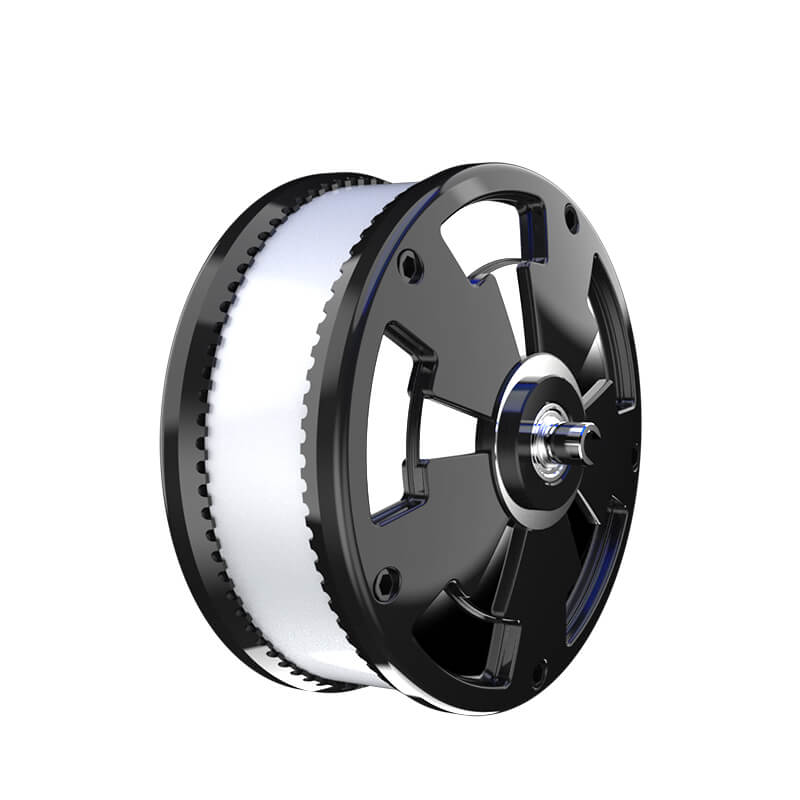You’ve ever wondered how some gadgets seem to run forever, quietly, efficiently, without breaking the bank on maintenance? Let’s talk motors. Specifically, the classic brushed DC motor versus its sleek, modern cousin: the brushless DC motor. It’s not just tech talk—this affects everything from your drone flying through the sky to those surprise upgrades in your electric scooter.

Imagine a brushed motor first. You’ve seen one—those are the ones with brushes grounded against a commutator. It’s simple, kind of like the original way of doing things. But those brushes wear out, and when they do, there’s a spark, a squeak, maybe even a misfire. They need regular maintenance, which can turn into a headache pretty fast. Still, they’re cheap and easy to fix, like an old friend that’s always there, but maybe not so reliable in the long haul.
Now, brushless DC motors—these are a whole different game. No brushes, no wear and tear, just smooth, silent operation. They're powered by a permanent magnet and a bunch of high-tech electronics to switch the current—think of it like having a brain controlling the motor rather than some physical brushes hitting the commutator. The efficiencies are impressive; they generate less heat, last longer, and deliver more power per size. Dissect a drone or a high-end electric vehicle, and chances are, you'll spot a brushless motor doing the heavy lifting.
But what about the downsides? Well, initial costs are higher. The electronic controls aren’t cheap, and troubleshooting can get a bit technical. Still, when you’re thinking longevity, the shiny promise of fewer moving parts and less maintenance makes the brushless option appealing. Plus, if you really want smooth acceleration and quieter operation, brushless DC motors deliver that luxury.
Thinking about durability? Think about a robotic arm that’s been working nonstop for months—say, in a factory—which motor do you bet on? The brushless, no doubt. It keeps working without squeaks or sparks. For applications that require consistency over time, the choice tends to favor the brushless alternative. That’s why if you’re designing something meant to run day in and day out, it’s the natural pick.
Now, let’s bust a common myth. People think brushless motors are just for high-end stuff, but that’s not entirely true. They’re becoming more affordable, and the efficiency makes them worth it across a wide spectrum of uses. Plus, if you’re pushing for smarter, more energy-efficient devices, they fit the bill perfectly.
Know someone who keeps asking about which motor to pick for their next project? They probably want reliability and less fuss. When you’re weighing the options, look beyond the sticker price. Think about the environment—will it be exposed to dust, moisture, or constant operation? Brushless motors handle tough conditions better, no question.
In a nutshell, grasping the difference isn’t just about a tech difference—it’s about making smarter decisions to keep your projects running smooth, quieter, and longer. The choice between brushed and brushless isn’t just technical; it's about what suits your needs best—and trust me, once you’ve experienced the silent, steady power of a brushless motor, there’s no turning back.
Leveraging innovations in modular drive technology, Kpower integrates high-performance motors, precision reducers, and multi-protocol control systems to provide efficient and customized smart drive system solutions.




































